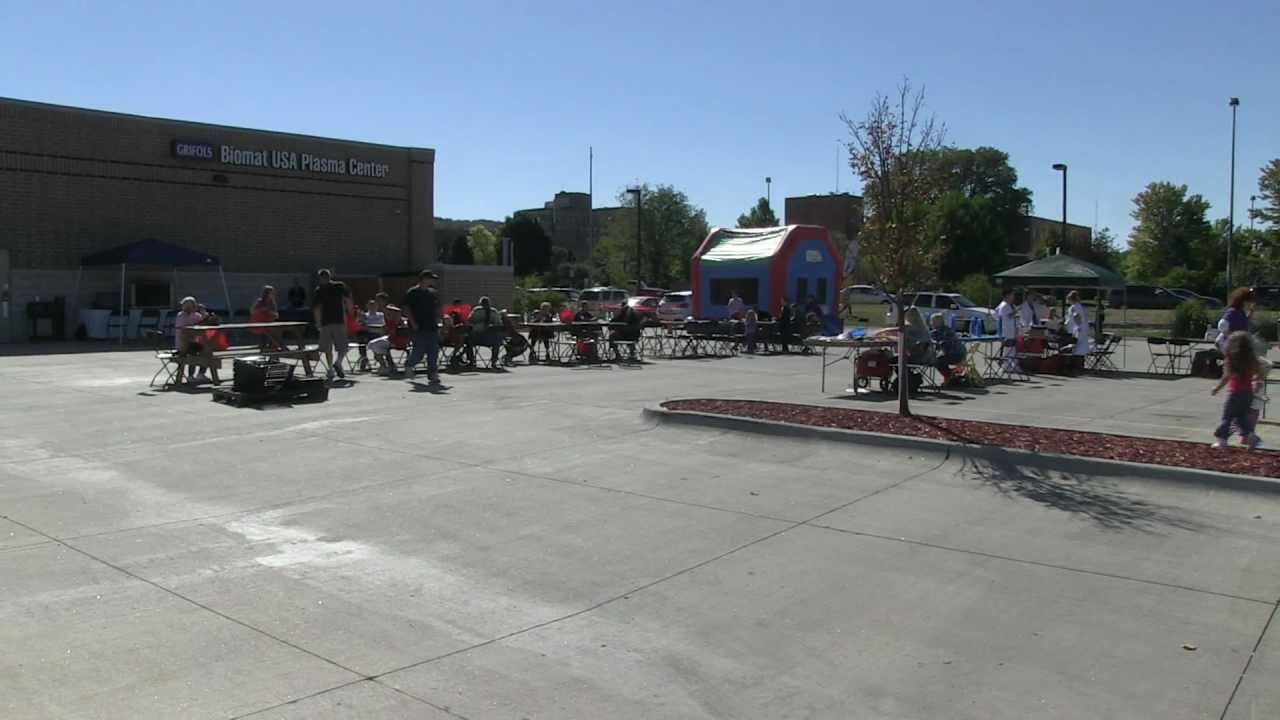
Topic: Yoga Abs Exercises – To Strengthen Your Abs
One of those who don’t regularly practice yoga, there looks like a common preconceived belief that yoga is merely an easy workout performed exclusively to encourage relaxation rather than break a sweat. And, though some kinds of yoga take less physical action –such as facial yoga poses or perspiration yoga–others like Vinyasa or Ashtanga-style classes are more rigorous and participate muscles that you never knew existed. But among the benefits of yoga is that it is so diverse as a practice, and with all the different styles and poses, you can truly find a workout to suit nearly every mood and aim.
1 way to approach yoga-based workouts would be to curate a string that targets a certain body region, like the arms, legs, or center. Although total-body strengthening is essential for overall fitness and health, area-focused workouts allow you to reap additional particular strengthening benefits and correct muscle imbalances in your weaker areas.
Whether you’re just getting started on your yoga trip or a Vinyasa class devotee, incorporating yoga poses that target and strengthen the abs and heart will benefit your yoga exercise and general fitness. Having a solid core not only helps improve your posture and spinal health but will also allow you to have the ability to move to more challenging balancing poses like Crow pose, Warrior II, and animal pose.
Thus, if you’re looking to give your core a work out, look no more. Check out these 12 yoga poses which target your abs and strengthen and tone your heart.
Safety and Precautions For Yoga Abs Exercises
Stephens says it is important to focus on the flow of poses and moves when you engage in any core exercises. “The circulation should allow you to ease into the order, which will help both the spine and abs, as both support another,” she clarifies. “Using a combination of 3-4 poses at a sequence can help somebody who tends to be bored with a single simple pose. In a senseit keeps things fresh so you’re more aware of the presents as you carefully move in and out of these.” In other words, pick a few poses that target the abs and pair them with a couple that targets your back, and then work them together in a order to keep your body balanced and healthy. Last, while the poses here should be safe for everybody, if you’re pregnant, have back pain, or are hurt, you should receive clearance from your doctor before attempting any poses.
Truth About Yoga Abs Exercises
“One myth is that if your core does not hurt since you are working it, then you didn’t do [the exercise] correctly. [But], if something hurts throughout the stream, you need to be conscious of the pain level and reset or discontinue until your orientation is good enough to encourage you,” advises Stephens. “You shouldn’t be in pain during the sequence. Of course, you may feel your abs tighten or contract sooner or later, but the pain should never be your step of a thriving practice.”
Stephens claims the following misconception is that props and modifications should be avoided unless essential. Many people today seem to feel that they undermine your clinic, detract from the essential challenge, and function as”cheats.” But modifications, such as dropping to your knees for boards, or using bolsters and cubes to elevate and encourage specific parts of the body, are healthy techniques you need to incorporate into your practice to assist in executing a pose or arrangement more safely ergonomically, or comfortably.
Lastly, while we provided a safety and precaution notice for pregnant ladies, Stephens notes that it’s not that poses that utilize the gut must be avoided at all costs during pregnancy–merely some care and medical guidance ought to be followed. “There is a misconception that if somebody is pregnant, they shouldn’t go into any pose which requires the use of the abs,” says Stephens. “This isn’t true and could be carried out safely under the supervision and appropriate instructions.”
Notice: Begin your practice with a couple of rounds of Surya Namaskar to get your body and muscles well warmed up before trying the subsequent core-strengthening yoga sequence.

Modified Triangle Pose with Lifted Arms
Regular Triangle pose (Trikonasana) may offer relief from back pain and pressure from the arms. The simple modification of extending your arms in front of you like you’re grasping a chunk targets your abs, since you must engage them to keep your body safe, lifted, and balanced.
- Stand lengthwise on your mat with your feet parallel and about three feet apart.
- Turn your right foot out 90 degrees, which means that your toes face the brief end of the mat, while your left toes turn around 5-10 degrees inward.
- Inhale and lift your arms in line with your shoulders, with your palms facing the ground.
- Exhale, stretching ahead, lengthening the left side of the body as you reach for your foot with your hands.
- Stretch the left hand up with the left palm facing forwards, and gaze towards the middle finger on your left palm.
- Stay here for a entire breath before engaging your core and hitting both of your arms towards the front part of the room, like you are holding a workout ball.
- Stay here for six breaths before copying on the other side.
Warrior III Pose

Warrior III (Virabhadrasana III), the hardest present in the Warrior series, combines equilibrium with strength. This asana helps strengthen the abs, obliques, and back muscles while helping to clear your mind.
- Stand at the very top of your mat at Mountain pose (Tadasana).
- Begin to slowly stretch your body forward while simultaneously raising your right heel and leg backward and upwards.
- Stay in this pose for seven breaths prior to repeating on the opposite side.
Cobra Pose

The key to Cobra pose (Bhujangasana) is to lift off the mat together with your core, strengthening it while still keeping your arms mild. This asana also improves the flexibility of your spine and is said to relieve pain brought on by menstruation and sciatica.
- Lie on your stomach, placing your thighs along with the shirts of your feet firmly planted on the ground and your hands in line with your torso.
- Inhale, engaging your entire core–glutes, abs, and backto lift the upper body off the mat. Make sure your pelvis stays on the mat, your elbows are close to the sides of the body, your chest is open, and your shoulder blades are pulling downwards.
- Hold the pose for seven breaths, then relax.
Plank Pose

Plank pose (Phalakasana) is among the key asanas to develop both arm and core strength. “This really is a superb way to detox because your body warms up and you sweat”
- Begin on all fours with your shoulders in line with your wrists and your palms spread and active.
- Engage your heart by pulling your belly button towards your spine because you stretch one leg back in a time along with your feet tucked. Your spine ought to be neutral and long to a straight line from your head to your heels.
- Keep your arms and heart participated since you push up in the mat, then roll up your shoulder blades down your spine, and lengthen your tailbone towards your heels.
Side Plank Pose

From the Plank pose, maintain your core engaged as you turn on the exterior edge of your foot while stacking your left foot on top of the perfect one.
- Your gaze should be directly in front of you or to the middle finger of your left hand.
- Remain in the pose for seven breaths prior to coming back into the Plank pose, and then repeat on the opposite side.
Dolphin Pose

Dolphin pose (Matsyakrida) not only targets your abs, but it may also enhance the flexibility of your spine and help strengthen your shoulders–excellent for those people looking to build upper body strength.
- Begin by kneeling on the mat with your feet tucked under your buttocks.
- Tuck your feet and lift your hips to the ground, straightening your knees and coming to the shape of an inverted”V.”
- Inhale, drawing your belly upwards and inwards.
- Exhale, moving your body ahead and putting your chin facing your clasped hands.
- Inhale, coming back to the starting place.
- Repeat 7-10 longer times.
Cat Pose Crunches

While routine Cat pose (Marjariasana) can be used to massage the spine, modifying it with a crunch targets the gut and works on balance and concentration.
- In an inhale, lift your hand off the ground to shoulder height with your fingers pointing forwards.
- Engage your core and locate your balance as you lift your left leg straight behind you to hip height, feet pointing downward.
- Exhale, rounding your back and lifting your belly upwards as you move the right elbow and left knee in towards your navel.
- Inhale back to the starting place, and exhale to pinch.
- Repeat for five more breaths before returning to tabletop position, then repeat on the opposite side.
Upward-Facing Plank Pose

It also will help strengthen the arms and wrists, particularly if you work in front of a pc all day.
- Begin at a seated position with your thighs activated and outstretched.
- Place your palms on the mat, so keeping a forearm’s distance between your palms and butt, together with your fingers spread, lively, and pointing towards your heels.
- Inhale, expanding your chest and drawing your shoulder blades as you gradually start to lift your glutes off the ground, keeping your legs straight, thighs wrapped inwards, and center participated. Keep your hands pointing towards your torso and your gaze towards the front of the room.
- Hold for seven full breaths, and then relax.
Camel Pose

A primer for other back-bending poses in yoga, the Camel pose (Ustrasana) supplies a deep stretch through the front of your body.” [It] helps with flexibility and stability of the curves on your spinal column, which is very important for core power,” shares Stephens.
- Kneel with your knees hip-distance apart as well as the tops of your feet resting on your mat.
- Place your hands on the backs of your hips with your fingers pointing downwards while engaging your thighs as you slowly lean back and reach for your heels, one hand at one time.
- Open and stretch your torso and push your shoulder blades together as your mind hangs backward.
- Stay in the pose for seven breaths, and be certain that you bring up your head when dismounting from the posture.
Boat Pose

A superb asana for developing your core, Boat Pose (Navasana) is more challenging than it seems. But the benefits of regular practice talk for themselves: strengthening your spine, neck, legs, and abs, and improving mental power by focusing on balancing in the pose.
- Keep your legs straight and toes pointed towards the ceiling.
- Engage your abs and then extend your arms directly towards your toes until they are parallel with the floor, palms facing each other.
Half-Boat Pose with a Twist

Though the Half-Boat pose (Ardha Navasana) is your asana you practice while working your way upward into the full Boat pose, adding a modification in the kind of a spin will turn the simple pose into a tough one that targets your oblique muscles.
- Inhale as you bend at your knees and then bring your hands to the centre, holding a soccer ball .
- Exhale, moving your knees into the right as you reach your arms into the left, and slowly lower your torso halfway back down.
- Inhale, coming back to the beginning place –Boat pose–and remain here for a few breaths before repeating on the other side. This is one round.
- Repeat three times.
Modified Bridge Pose with Single-Leg Lift

Normal Bridge pose (Setubandhasana) is excellent for strengthening the legs and glutes. Modifying it with alternating leg lifts the muscles in your core, efficiently targeting and toning your abs.
- Keep your shoulder blades rotating inward and your chin away from the torso.
- On your next inhale, then slowly bring your right knee in towards your chest, squeezing your right glute and massaging your leg upwards.
- Keep your core engaged as you point your feet up toward the ceiling.
- Stay in the pose for seven breaths prior to releasing and repeating on the other side.



